Cossall is a civil parish 1 mile east of Ilkeston, in Nottinghamshire. It is mentioned in the Domesday Book where it is referred to as Cotshale. The valley is drained by the River Erewash and much would have been fenland, as Cossall Marsh at the bottom of the hill suggests. The coal mining industry has been an important part of the local economy and has been documented from the 13th Century onwards.
There are several notable historical figures associated with Cossall including John Shaw and Richard Waplington of the Life Guards and Thomas Wheatley of the Light Dragoon Guards who fought at Waterloo. Cossall was the village that D H Lawrence used as the background for his 1915 novel “The Rainbow” calling it Cossethay. In real life, this was actually the home of Louie Burrows to whom Lawrence was engaged for a time
Canal and nature reserve
This runs along the canal towpath and there are many wild flower species. It is a haven for butterflies, dragonflies and damselflies. The canal is the disused Nottingham Canal built in 1796 originally to carry coal from the Erewash Valley into Nottingham and beyond.
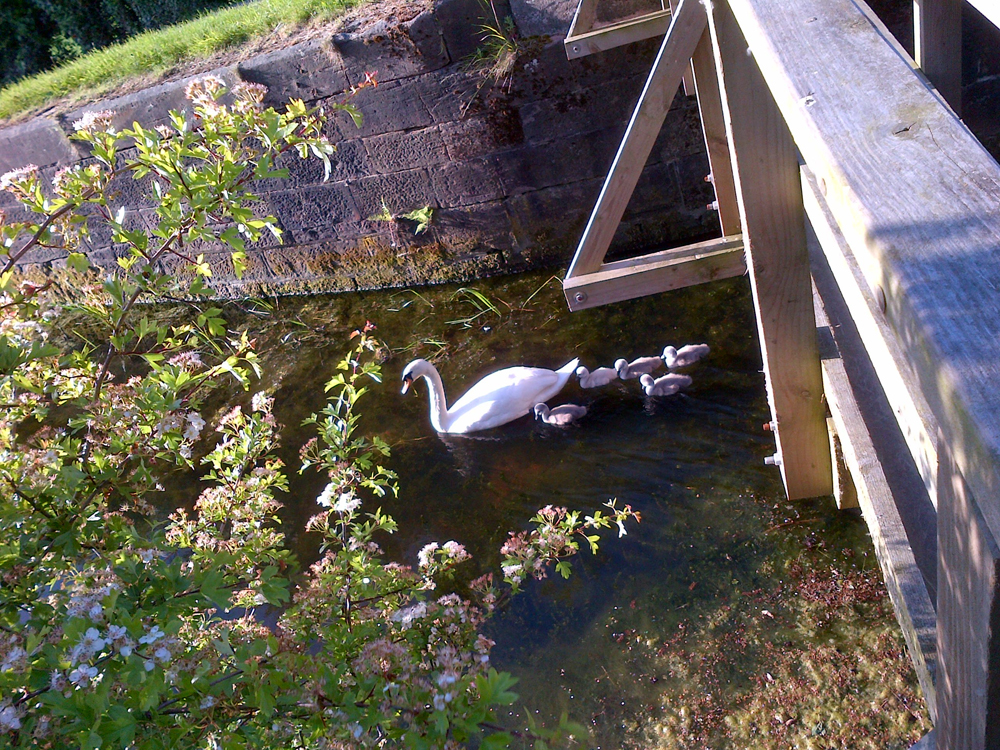
The canal was designed as a contour canal and it “clings” to the side of the valley following the same level so reducing the need for locks. This arrangement means the canal offers an easy level route for walkers with spectacular views along and across the valley.
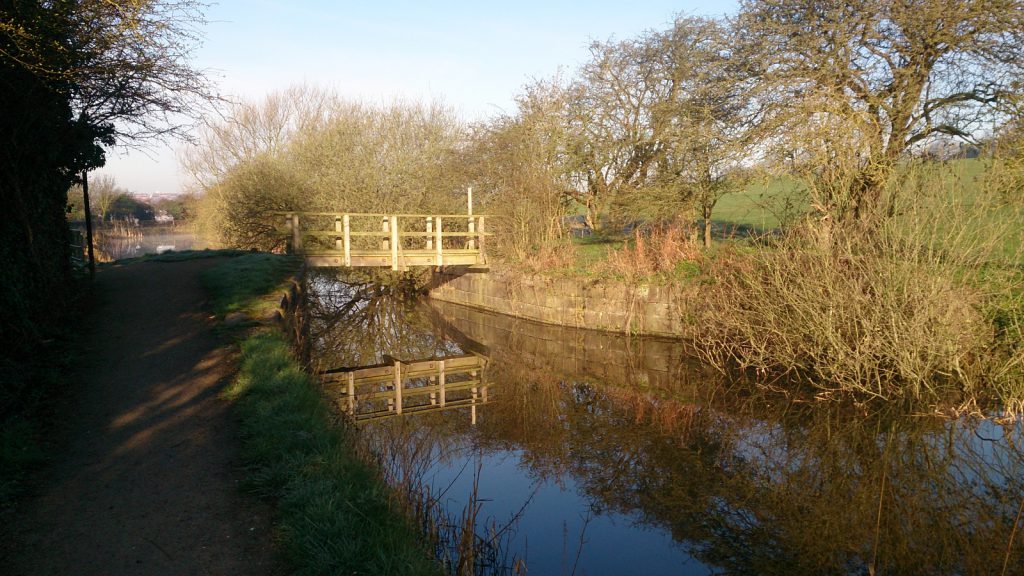
St Catherine’s Church
The church is Grade II listed. The church is quite small and stands at a tight bend in the hilltop village.
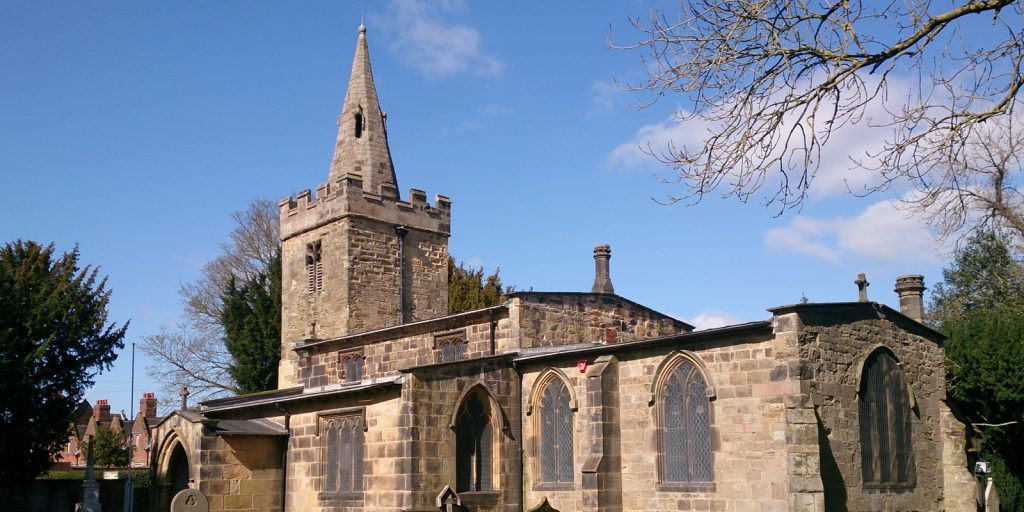
The tower is 13th century containing two bells and the bowl of the front is 15th century. In 1842 the whole edifice except the spire was rebuilt
On the south side, the window is stained glass and depicts St Catherine. The east window in the nave are in memory of the Burrows family who lived at Church Cottage which is mentioned in D H Lawrence’s book “The Rainbow”. Much of the carving in the church was carried out by Alfred Burrows, Louie Burrows` father
https://goo.gl/maps/wNbVs95SXum673iH6
Church Cottage
Church Cottage, Cossall, was the home of D H Lawrence’s fiancée, Louie Burrows, and is depicted in his novel The Rainbow. It is a Grade II listed building, brick with a pantile roof.
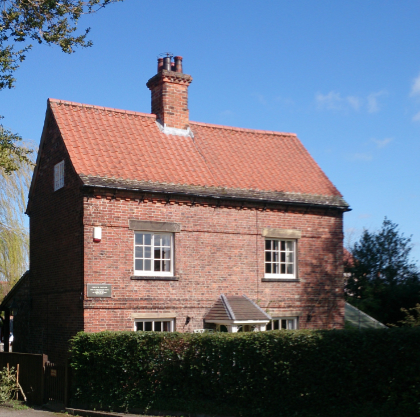
Willoughby Almshouses
In 1676 George Willoughby, nephew of the lord of Wollaton, had his seat at Cossall Wood Hall; an ancient building of whose moat traces still remain. Manor Farm is built on the site of the old hall.
The church is the burial place of Willoughby, who founded the adjacent Willoughby Almshouses in 1685.
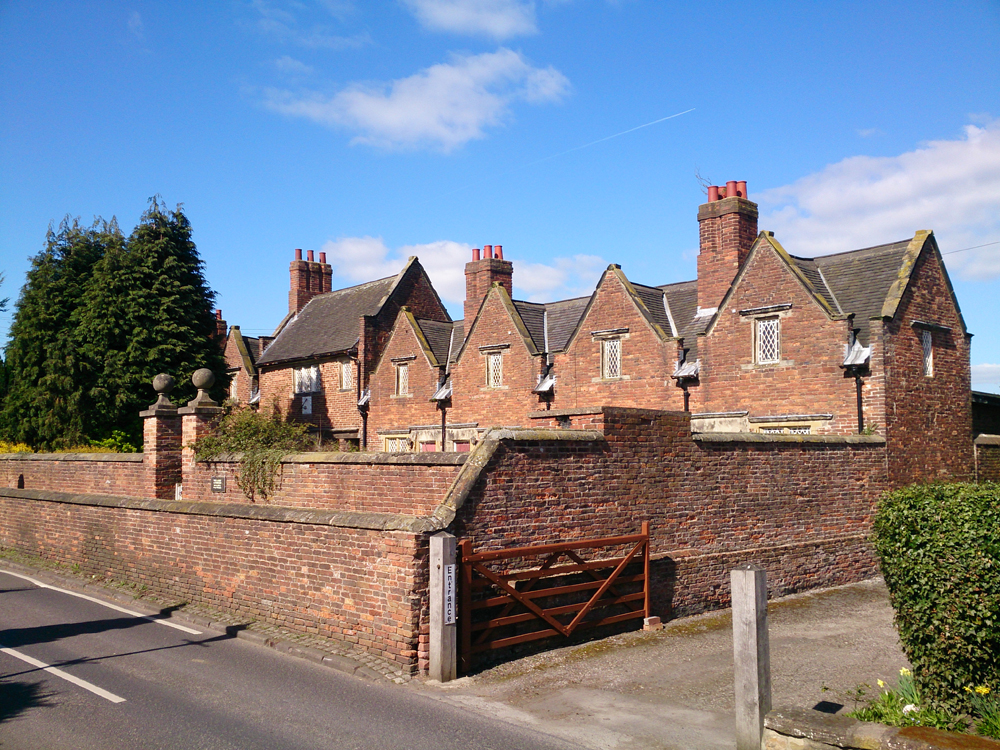
The Willoughby Almshouses were erected in 1685. These were originally for – 4 single poor men over 60 years of age and 4 single poor women over 55 years of age.
They are Grade II listed and were sold into private ownership in 2016. We hope in the near future to hear plans to develop this treasured building that will give it a new lease of life.
Historic industry
The coal mining industry has been an important part of the local economy, and has been documented in the Cossall parish, from the 13th Century onwards. It is possible that workings dated to the 16th Century are amongst the earlier exploitation of surface and close- surface seams.
Cossall colliery was sunk in 1878-1879 by the Cossall Colliery Co and was situated to the eastern edge of Ilkeston at Cossall. Alfred Hewlett became MD of the Company.
“Colonel Hewlett”, as he was known locally, was born 18th November 1880 and lived at “the Hollies”, providing free coal to the church for heating. Cossall colliery closed in November 1966 and the pit spoil heap would regularly catch fire for a number of years after the pit closed.
D H Lawrence
Cossall was the village that Lawrence used as the background for his 1915 novel The Rainbow calling it Cossethay. In real life, this was actually the home of Louie Burrows to whom Lawrence was engaged for a time.
The character of Ursula Brangwen in the story is based on Miss Burrows and a plaque on the wall of Church Cottage commemorates this association – a place where fact and fiction come together.
Waterloo memorial
The waterloo memorial in the churchyard in Cossall was unveiled on 18th June 1877 the 62nd anniversary of the battle. It was unveiled by the then High Sheriff of Nottinghamshire and a large crowd gathered.
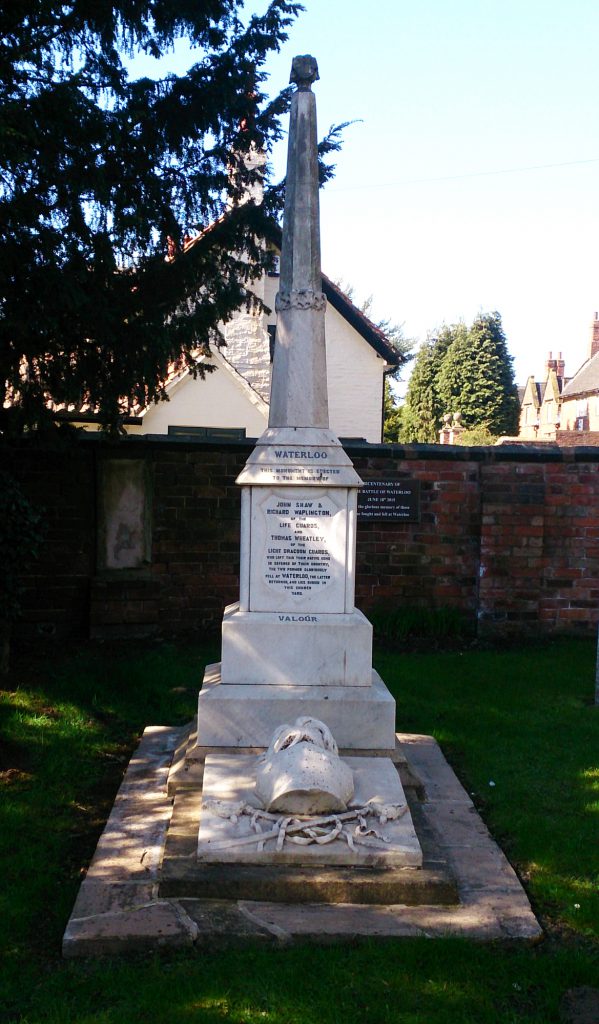
The money for this memorial came from a number of notable people of the day including The Duke of Cambridge, Earl Manvers and Lord Middleton.
The memorial is to three local men who fought at Waterloo, Corporal John Shaw and Richard Waplington of the Life Guards, and Thomas Wheatley of the Light Dragoon Guards.
It is believed that Richard Waplington was born in Cossall in 1787 and worked in a local colliery until he enlisted in the Life Guards.
John Shaw was born on a farm between Cossall and Wollaton in 1789 and is thought to have joined the 2nd Life Guards at Goose Fair in 1807 when he was eighteen. Shaw was a big man and extremely strong, and his exploits during the battle of Waterloo ensured his posthumous fame.
Thomas Wheatley was born in Cossall Marsh in 1795 and became an apprenticed stocking weaver before enlisting in the 23rd Light Dragoon Guards. He survived Waterloo, returning home to Cossall and worked in the blacksmith’s forge at the Babbington Colliery. The other two soldiers did not return home.